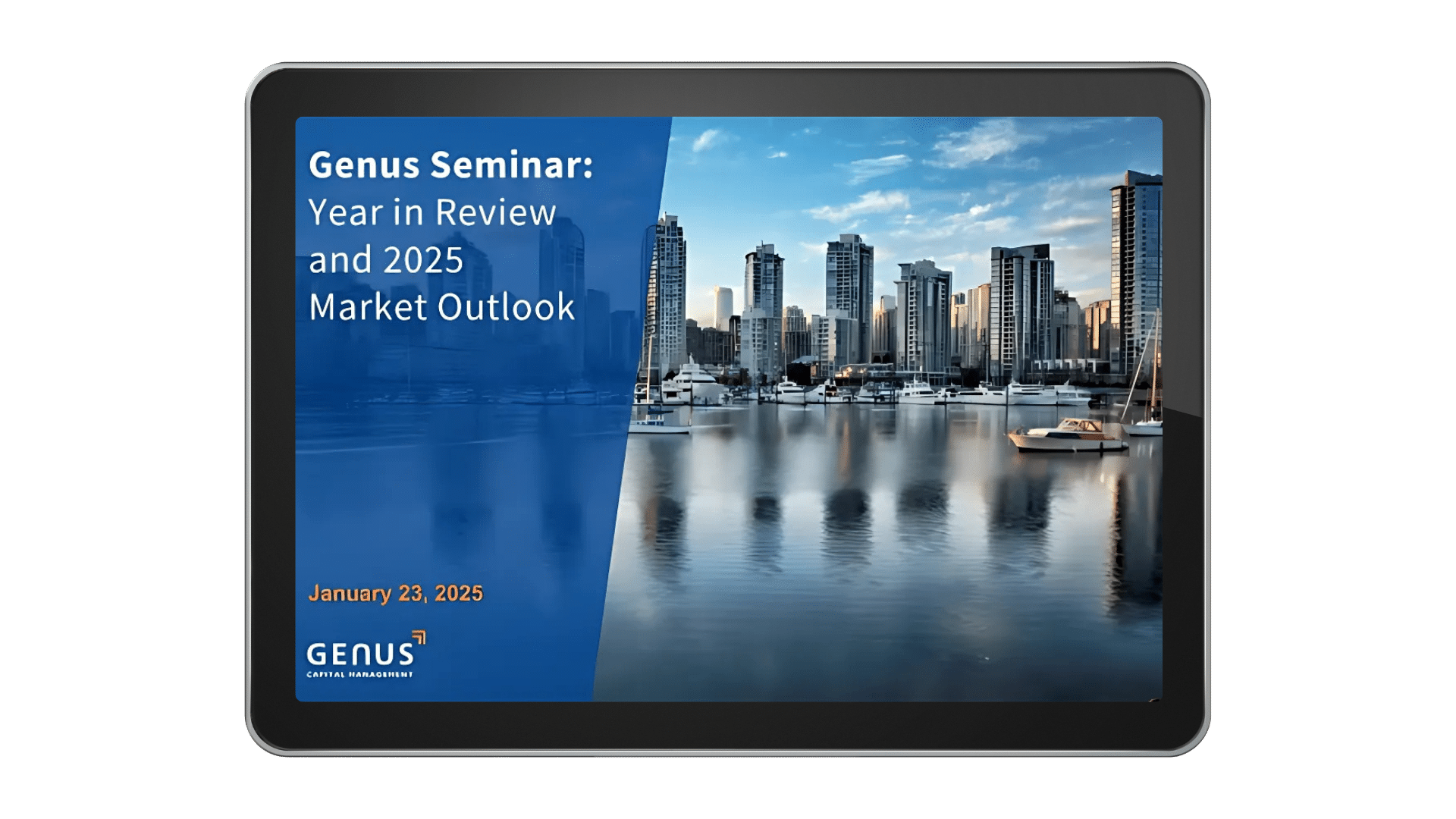If there was a dominant theme for the financial markets in 2022, it would undoubtedly be volatility.
With inflation the key driver of dramatic market changes, it quickly became the sign of a sharp course correction after a year of growth driven primarily by government subsidies designed to boost the post-pandemic economy. Read on for our annual year in review, with a focus on 2022’s volatile markets.
Inflation and Interest Rates Soar
While inflation typically averages under two percent per year, in 2022 it hit eight percent, driven in part by supply chain issues created by the pandemic (particularly the COVID-zero policy in China) and geopolitical conflicts such as the war in Ukraine, which drove energy prices up, affecting nearly every sector, as well as in part by massive pandemic government subsidies that resulted in additional funds flowing into the monetary system.
And here in Canada, as the Bank of Canada stepped in to bring inflation down, Canadian interest rate increases hit their highest level in 15 years, setting off a spiral of economic outcomes ranging from stock market declines to mass layoffs in the tech sector, to margin compression in the service sector and a slowdown in the real estate market.
“It was a very difficult market, with swings that were unbelievable,” says Wayne Wachell, Genus’ Executive Chair Person and Co-Chief Investment Officer. “We saw the biggest correction in the bond market since 1983.”

Impact Portfolios Weather the Storm
The volatility also affected ESG investments, thanks to surges in the energy sector and challenges in the tech sector. But not all ESG products suffered equally, and experts maintain that ESG is here to stay.
Genus’ value and dividend investments as well as our impact portfolios had a much better year than most. “Overall our ESG funds have done well except for the more growth-oriented ESG fund,” says Mike Thiessen, Chief Sustainability Officer and Co-Chief Investment Officer at Genus. “Our Fossil FreeTM Dividend Fund outperformed the market, and our Impact Equity Fund was our second best performing fund, beating the MSCI World Index benchmark by 9.9% on annual returns for 2022. Our Impact Bond Fund also beat the MSCI World Index benchmark,” he adds. “During COVID-19 it was also our best performing fund. We can see that impact funds perform well in times of crisis and that’s becoming attractive to investors.”
Our Approach to Changing Market Conditions
While we are constantly adjusting our portfolios in response to unstable markets and in order to mitigate volatility, last year’s financial conditions precipitated specific adjustments to client portfolios. “Overall we reduced areas exposed to high interest rates,” says Wachell. “For example, we decided to go underweight for real estate in the last six months. We also reduced technology companies in our portfolios and added more exposure to energy in our traditional funds. We’ve also started reducing equities and we’ve bought more low-volatility dividend stocks.”
Thanks to the strong performance of our impact portfolios, we saw prospective clients consider skipping right over the negative screen approach and make the leap straight to impact investing, Thiessen adds. “About half of the institutional prospects I saw were looking at impact first.”
Join us on January 26 in person or via livestream for an in-depth year in review and outlook on 2023.











